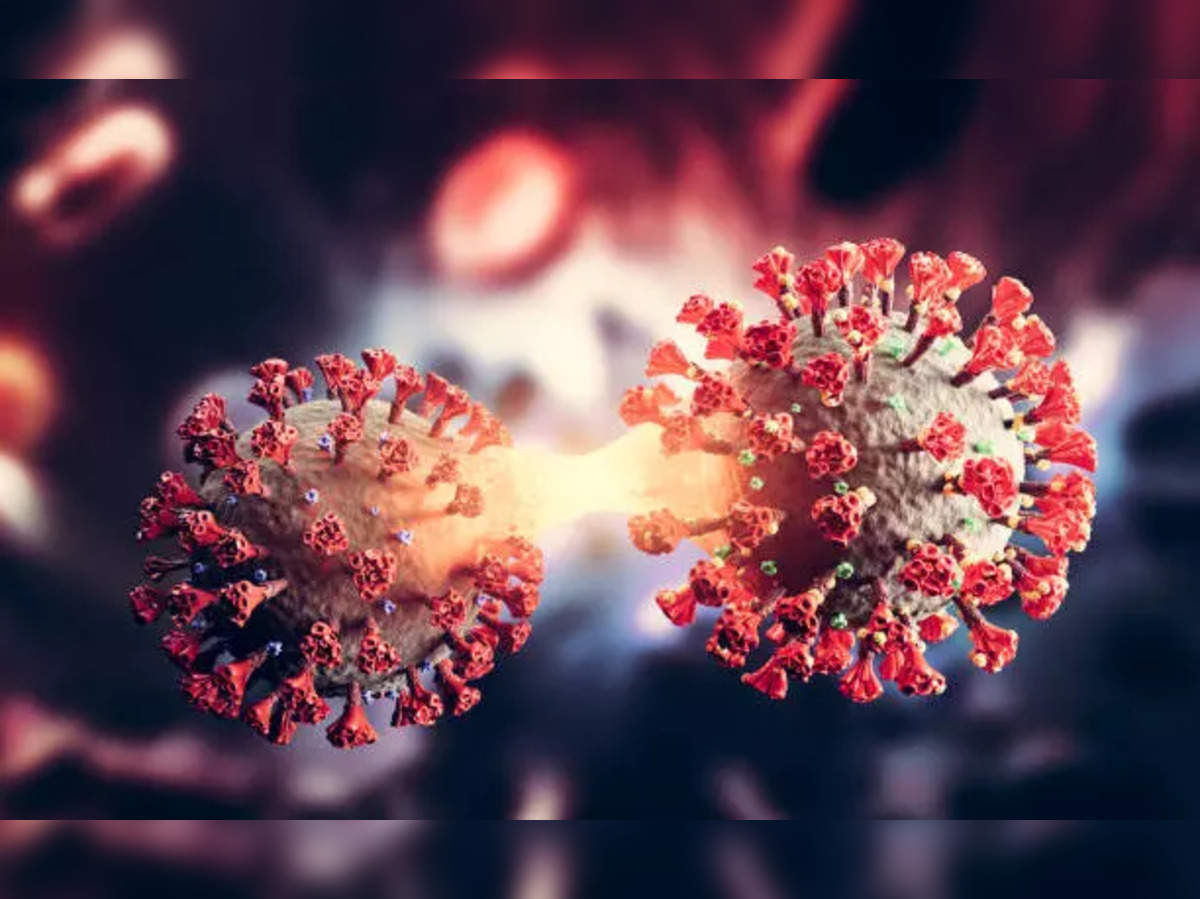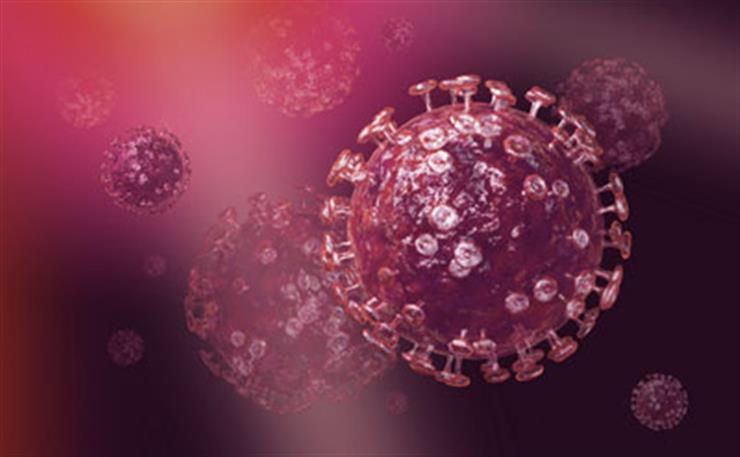
Alarming Development: Long COVID-19 Patients Experience Discoloration in Legs after Brief Standing Period
In a startling revelation, emerging research suggests that individuals grappling with the aftermath of COVID-19, commonly referred to as “long COVID-19” patients, may face a new and distressing symptom – a sudden and unsettling discoloration of their legs after standing for a mere ten minutes. This unforeseen phenomenon has prompted concern among medical professionals and further underscores the complex and multifaceted nature of the lingering effects of the virus.
The Unveiling of a Distressing Symptom
As the global medical community continues to grapple with the long-term repercussions of COVID-19, new symptoms and complications continue to emerge. Long COVID-19, a term used to describe the persistence of symptoms beyond the acute phase of the infection, has been documented to affect various organs and systems in the body. However, this recent revelation takes the concern to a new level.
Recent research, led by a team of dedicated medical experts, has uncovered that a subset of long COVID-19 patients, who have mostly recovered from the initial infection, experience a peculiar and concerning phenomenon. When standing upright for as little as ten minutes, a portion of these individuals noticed their legs progressively turning blue, a phenomenon medically termed as “cyanosis.” This development has sparked alarm, as it raises questions about potential disruptions in blood circulation, oxygen delivery, and overall vascular health.

The Intricacies of Circulatory Challenges
Cyanosis is an alarming visual indicator that the body is not receiving an adequate supply of oxygen-rich blood. Typically, the oxygenated blood in our arteries appears bright red, while the deoxygenated blood in our veins takes on a darker shade. When blood is not adequately oxygenated, it can manifest as a bluish discoloration, most often seen in the extremities, like the hands and feet.
Medical experts have speculated that the discoloration observed in the legs of these long COVID-19 patients after a brief period of standing could be attributed to a combination of factors. One plausible explanation is related to impaired blood circulation, which might be a consequence of persistent inflammation caused by the virus. This inflammation could be affecting blood vessels, thereby restricting the normal flow of blood.
Furthermore, the relationship between COVID-19 and blood clotting issues has been widely documented. The formation of blood clots can disrupt blood flow and oxygen delivery, leading to complications such as cyanosis. The tendency for blood clotting, even after the acute phase of the infection, could play a pivotal role in this peculiar symptom among long COVID-19 patients.
A Window into the Complexity of Long COVID-19
The revelation of this new symptom once again underscores the intricate nature of long COVID-19. While many individuals experience a complete recovery from the acute phase of the infection, a significant portion grapple with lingering symptoms that impact their daily lives. The symptomatology of long COVID-19 is diverse, ranging from fatigue, brain fog, and shortness of breath to now, discoloration of limbs after a short period of standing.
This diversity of symptoms and their potential underlying causes emphasize the need for comprehensive medical care and ongoing research. Medical professionals are advocating for a multidisciplinary approach to address the myriad challenges posed by long COVID-19. Such an approach encompasses not only the expertise of infectious disease specialists but also the insights of vascular specialists, immunologists, and cardiologists.

The Call for Vigilance and Compassionate Care
As the medical community gains a deeper understanding of the intricacies of long COVID-19, it becomes increasingly important for both healthcare providers and society at large to exercise vigilance and compassion. Long COVID-19 patients often find themselves in uncharted territory, struggling to make sense of a collection of symptoms that can wax and wane unpredictably. The emergence of a new symptom, such as the discoloration of limbs upon standing, further compounds the challenges these individuals face.
In light of this, medical professionals emphasize the need for tailored treatment plans that address the unique needs of each patient. A holistic approach that accounts for both the physical and psychological well-being of long COVID-19 patients is of paramount importance. Additionally, raising awareness about these symptoms within the general population can foster empathy and understanding, reducing the stigma often associated with invisible illnesses.
Investigating the Underlying Mechanisms
The emergence of cyanosis – the discoloration of limbs due to oxygen deprivation – in long COVID-19 patients after a short duration of standing has sparked a flurry of investigations into its root causes. Researchers are delving into the intricate interplay of factors that might be contributing to this perplexing symptom. One avenue of exploration is the potential link between immune system dysfunction and vascular complications. The immune response triggered by the initial COVID-19 infection could lead to persistent inflammation, disrupting the delicate balance within the vascular system and compromising blood flow regulation.
Moreover, the impact of long COVID-19 on the autonomic nervous system is a focal point of interest. The autonomic nervous system governs essential functions like heart rate, blood pressure, and breathing rate. Dysregulation in this system could contribute to the observed cyanosis by affecting blood vessel constriction and dilation. By unravelling these intricate interactions, researchers hope to unravel the underlying mechanisms driving this unsettling symptom.

Implications for Clinical Management
The emergence of cyanosis as a potential symptom of long COVID-19 underscores the importance of tailored and comprehensive clinical management. Healthcare providers must remain vigilant in their assessment of patients presenting with a myriad of symptoms, including this newfound discoloration. A holistic evaluation that takes into account the patient’s medical history, current health status, and the trajectory of their long COVID-19 experience is essential for devising effective treatment plans.
Furthermore, early detection and intervention could prove pivotal in preventing further complications. Individuals experiencing discoloration after standing should be encouraged to communicate openly with their healthcare providers. Close monitoring of vital signs, blood oxygen levels, and vascular health can aid in the timely identification of potential concerns and guide appropriate interventions.
Navigating the Psychological Impact
The emergence of an unusual symptom like cyanosis among long COVID-19 patients after standing for a short duration can extend beyond the physical realm and impact psychological well-being. The unpredictable nature of these symptoms can induce anxiety, stress, and feelings of helplessness. Individuals may find themselves grappling not only with the physical discomfort but also with the emotional toll of living with a chronic condition that continues to reveal new facets.
Psychosocial support, therefore, plays an integral role in the comprehensive care of long COVID-19 patients. Mental health professionals and support groups can provide a safe space for individuals to express their concerns and learn coping strategies. As medical practitioners focus on unraveling the physiological complexities, it is equally important to acknowledge and address the emotional challenges that long COVID-19 patients face on their journey towards recovery.
In Conclusion: A Call for Continued Research and Compassion
The emergence of cyanosis in the context of long COVID-19 adds yet another layer of complexity to the ongoing medical discourse surrounding the virus. As researchers delve into the intricacies of immune responses, vascular health, and autonomic nervous system dynamics, the urgency for continued research intensifies. The medical community’s collaborative efforts to understand and mitigate the lingering effects of COVID-19 exemplify the power of science and compassion in the face of uncertainty.
In the spirit of empathy and understanding, societies around the world must stand in solidarity with those grappling with long COVID-19. By fostering awareness, providing support, and advocating for further research, we can collectively contribute to unraveling the mysteries that this virus has brought forth. The journey towards recovery for long COVID-19 patients is multifaceted, and it is only through collective action that we can pave the way for a future where these individuals can regain their health and reclaim their lives.



